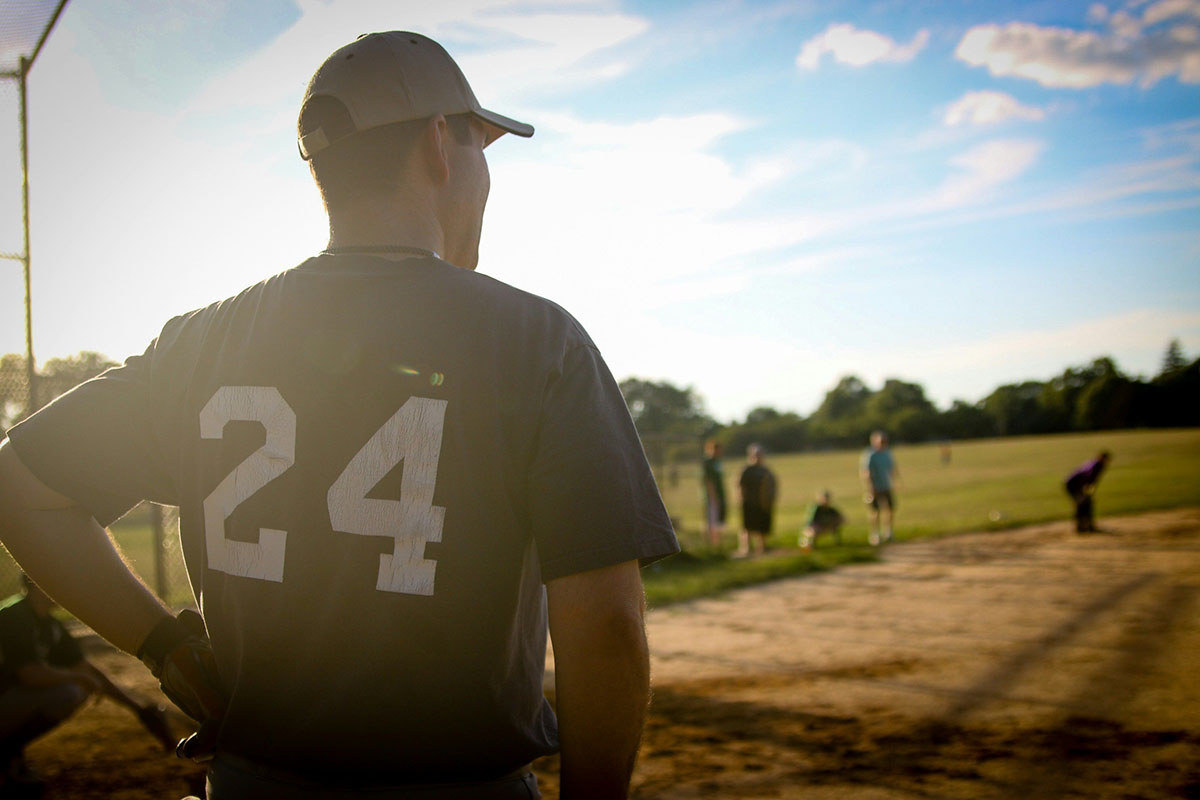When we think of sports leadership, we typically think of game strategy and motivational speeches—at…

Sensation Is Information: How Athletes Can Learn From Pain
For athletes, especially in distance sports such as running and swimming, dealing with pain and discomfort comes with the territory. It’s not if pain and discomfort will surface, but when and how often. Putting the body under so much distress for miles and miles will certainly test the body and is part of the mental and physical preparation for these athletes.
But at what point do athletes decide to tough it out through the pain or surrender to avoid further discomfort? It’s a fine line that athletes must walk and requires mental fortitude.
Olympic runner Alexi Pappas, who ran the 10,000-meter race at the Olympic Games in Rio, did a wonderful job of capturing the struggle that many distance athletes experience.
“Pain and I had to come to a new understanding,” she writes in her blog. She goes on to explain that acknowledging the inevitable pain is simply part of her sport and she needs to embrace it and cope with it. Easier said than done. This topic is becoming a discussion with my athlete clients more and more, as they look for answers to their sometimes-grueling sports.
Recently, I met with a client who is a long-distance runner. On the day of one of her races, I texted her, “Sensation is information”—sensation being the pain. This was my way of reminding her that how she perceives the pain can help determine how much pain she can tolerate during the race. It may not be easy to find that threshold, but if she can, it can be the extra boost needed to go after personal goals or records.
One of the most important things an athlete can do to best manage the inevitable pain or discomfort is to accept before the race, game or event that it’s going to come. Once that is achieved, it’s much easier to establish a plan or approach (both mental and physical) to tolerating the pain once it surfaces.
Of course, there comes a point when one should not push themselves too much where serious injury becomes a concern. With each instance of pain or discomfort, or information in this case, an athlete has an opportunity to learn about him or herself and where their threshold for the pain exists. It should become easier to find that fine line between good and bad pain—another words, when it’s OK to tolerate the pain as necessary to compete in your sport.
Dr. Sharon Chirban, Clinical Sport Psychologist
Founder of Amplifying Performance Consulting, LLC


